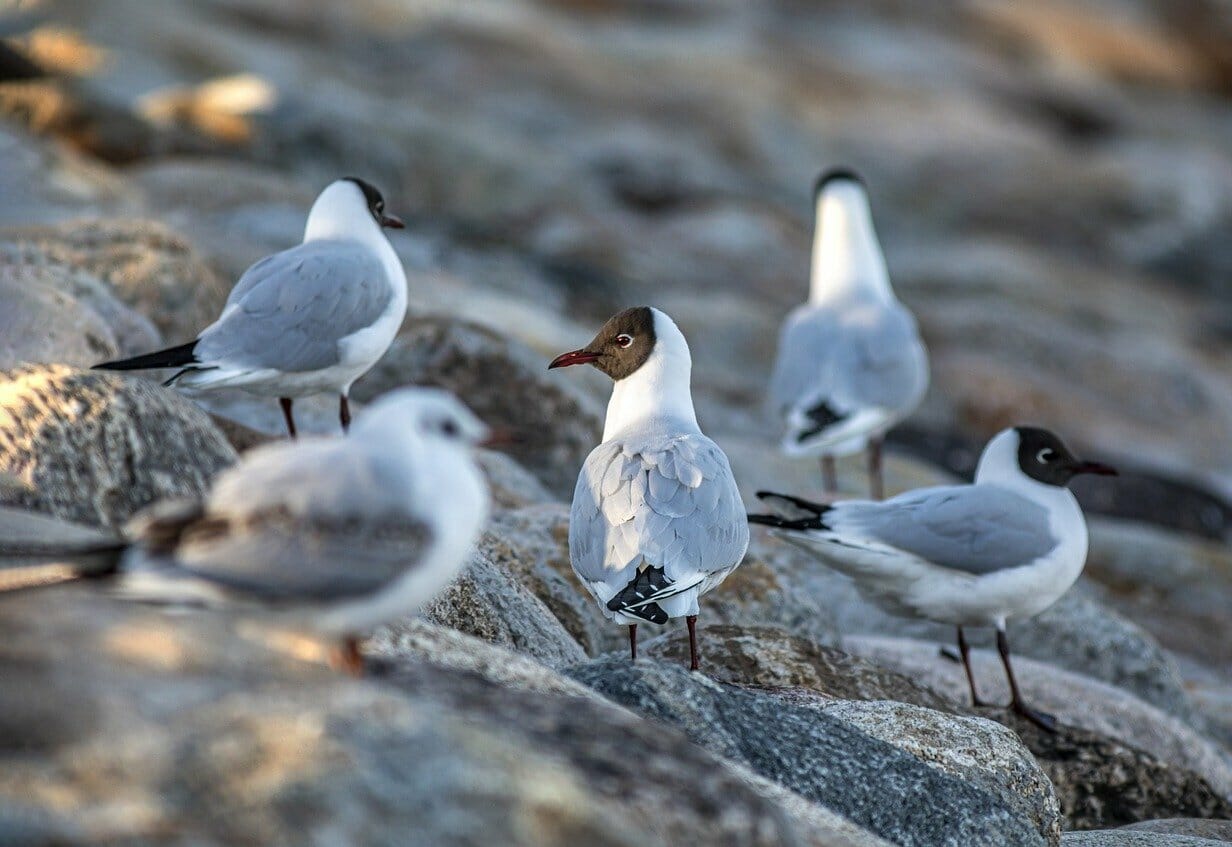Reading RSPB group activities during May – Reading Today Online

By Judith Clark
On Tuesday, May 9, we had a fairly good attendance for the AGM despite torrential rain and thunder.
David Glover, the outgoing chairman, reported on a successful year with a full programme of in-person indoor meetings and well-attended outdoor trips, including several minibus trips to reserves further afield.
Membership of the group is holding steady, although attendance at indoor meetings has dropped since the pandemic. Most of the committee stood for reelection and the role of chairman will now be taken by George Noble.
David Glover was warmly thanked for guiding the group through a particularly difficult time.
The AGM was followed by a talk on RSPB Otmoor in Oxfordshire given by site manager David Wilding.
His enthusiasm for his job was infectious and he gave a really informative and fascinating portrait of the site.
Otmoor covers 1,400 hectares of deep clay which was originally a wet grassland with the inhabitants of the seven small towns surrounding it having commoners’ rights for grazing, fuel and wildfowl shooting.
David traced the history through enclosure and drainage in the 1830s which failed to stop the land flooding, to its use by the RAF in the 1930s as a test site for bombing.
During the Second World War, the site was lit to divert German bombers from nearby Oxford.
In the late 1960s and 70s a third of the moor was drained for arable farming and the drainage involved had a hugely detrimental effect on the wildlife. Further threats came when it was decided to route the M40 through the middle of the moor.
Local protests finally prevailed and the moor was saved.
In the mid-1990s the RSPB took an approach which was revolutionary at the time and started buying land that had originally provided habitat for wildlife and returning it to that purpose, in this case recreating a wet grassland.
From the starting point of one field, Otmoor now covers 485 hectares and the RSPB now also holds the tenancy of the adjacent Ministry of Defence land.
The recreation of wet grassland and establishment of a large reedbed was not without problems given the difficulty of bringing heavy machinery onto wet clay and the need to grow and plant 150,000 reed plants and establish them over seven years.
There was one very tricky moment when a large bomb was discovered, causing the moor to be temporarily sealed off by the police and bomb disposal experts, only to find it was filled with concrete, not explosives.
The reserve now hosts nationally important numbers of golden plover and shoveler in winter as well as merlin, peregrines, hen harriers, barn owls and short-eared owls, not to mention a starling murmuration. Volunteers help with coppicing and surveying to ensure that the important populations of brown and black hairstreak butterflies have appropriate habitat.
Spring brings nesting waders and boxing hares and the evocative sounds of curlew, drumming snipe and booming bittern.
Sadly, the once reliable turtle doves no longer breed at Otmoor, part of the 98% drop in turtle dove numbers.
Summer brings dragonflies, hobbies and breeding marsh harriers and recent years have seen the successful fledging of cranes, the first to breed in Oxfordshire for 500 years. And 2015 saw marsh harriers and bittern breeding for the first time in Oxfordshire in 200 years.
Otmoor is a real jewel in the RSPB crown and all at the lecture were inspired to revisit or in some cases visit for the first time.
On Tuesday, May 16, eight of us met up at Pamber Forest near Tadley on a lovely sunny morning to walk round Silchester Common and Pamber Forest looking for birds.
On the common, after hearing a number of warbler species in song, we found a family of Stonechats in the gorse. They like sitting on the tops of bushes so we had good views of them. Nearby a pair of Linnets called and showed themselves briefly.
Eventually, we saw a Willow Warbler after hearing a few singing earlier in our walk. They are becoming increasingly rare in the south but more common up north which is thought to be due to climate change.
On the edge of the forest, a pair of Mistle Thrushes were busy collecting food for their young back at their nest and a Great Spotted Woodpecker was also feeding on the ground which is not so normal for this species of woodpecker. In the depths of the Forest, we saw a couple of Song Thrushes, a singing Goldcrest and the highlight for many was a Cuckoo calling in the distance. A nice morning walk and we recorded about 30 species of bird.
On Sunday, May 21, eight of us met at The Rowbarge in Woolhampton to walk round the Gravel Pits. Again it was a lovely sunny day and many birds were singing, often deep in the shrubbery or reedbeds making seeing them difficult.
On the lake we enjoyed good views of Great Crested Grebes, Tufted Duck and Pochard plus some Egyptian Geese, Canada Geese and Greylag Geese.
A few Swallows and Swifts flew low over the lake sometimes dipping down to the water to get a drink on the wing. A couple of Common Terns and Black-headed Gulls flew round the lake looking for fish or large insects to eat and a pair of Mute Swans with five cygnets fed in the shallows.
The whole time we were there, a Cuckoo was calling near the car park so when we got back we tried to see it, following it as it flew between the canal and the lake, calling all the time but staying out of view until most of us had a brief view of it in a tree over the river from the grounds of The Rowbarge.
A lovely morning’s walk and we recorded 46 species of bird.
The indoor season ends on Tuesday, June 13, with a talk on Portugal by Gordon Small.
On Friday, June 16, there will be an evening walk on Farnham Heath to look for Nightjars and Woodcock with a second opportunity to find these special birds at Hazeley Heath on Tuesday, June 20.
All indoor meetings are held in Pangbourne Village Hall starting at 8pm. Visitors are very welcome. There is an entrance fee of £5 for non-members, juniors half price. New members are always welcome with annual membership set at a modest £15 (£10 for juniors).
For more information visit













